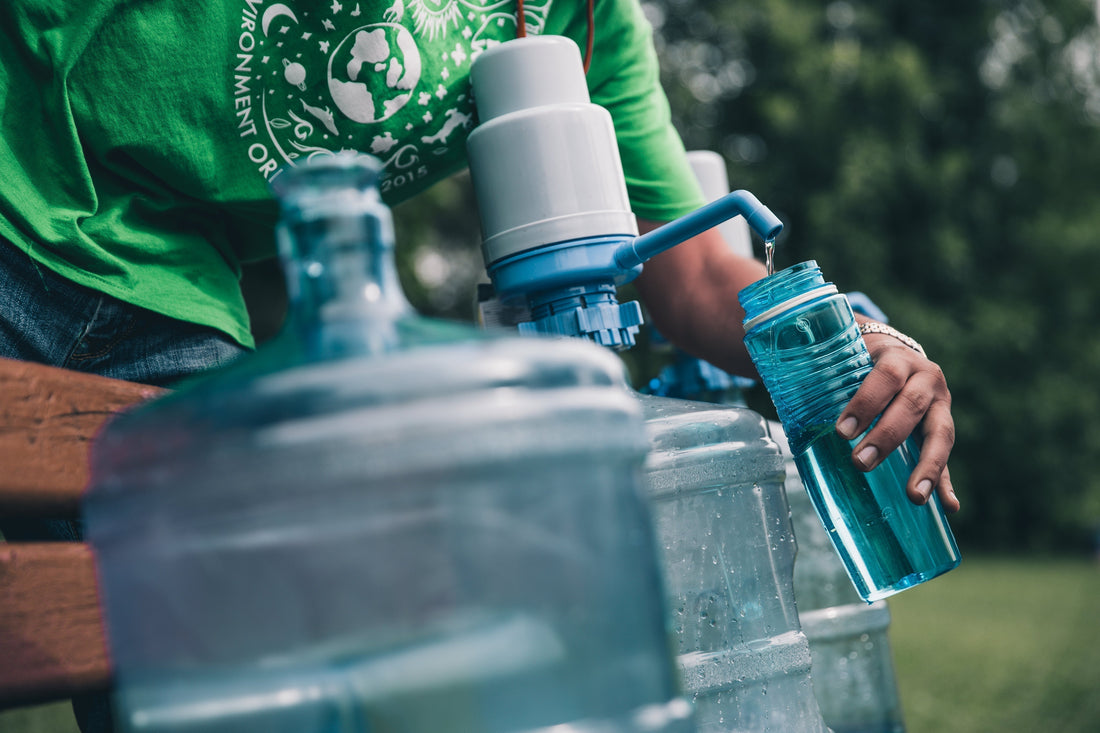Meet the Changemakers: Q&A with Young Conservation Leaders
Maya Smith, John Doe, and Ethan Chen •
What happens when passion meets action? Meet Maya Smith and John Doe, two of the driving forces behind the student-led Wild Not Gone campaign. In this exclusive Q&A, they sit down with Ethan Chen to discuss how their campaign is turning awareness into real-world support for endangered species. Read the full interview to get inspired by the next generation of conservation leaders.
Share

Hey everyone, Ethan Chen here, and I'm excited to introduce you to two incredible people who are making waves with the Wild Not Gone campaign: Maya Smith and John Doe. Wild Not Gone is this amazing student-led movement that's all about raising awareness for endangered animals and actually putting funds into protecting them.
I recently had the chance to chat with Maya and John about what drives them and what they hope to achieve with Wild Not Gone. Their passion is seriously contagious, and I know you'll be as inspired as I am.
Ethan: Hi Maya, hi John! Thanks for taking the time to chat. For those just tuning in, can you each tell us a bit about your role in Wild Not Gone?
Maya: Hey Ethan! I'm primarily focused on the "Faces of the Wild" awareness series. That means working on the digital and physical posters that feature endangered species and share their stories. I also help with the design of our limited-edition merch. For me, it's about using visuals to connect people emotionally with these animals.
John: What's up! I'm more involved in the outreach and events side of things. I help organize our live art shows and school installations. It's all about creating spaces where people can learn and feel something for these animals. I also do a lot of the legwork in partnering with wildlife organizations to feature their work.
Ethan: That's awesome. What sparked your interest in wildlife conservation in the first place? Was there a specific moment or animal that really resonated with you?
Maya: For me, it was seeing a documentary about the impact of plastic pollution on sea turtles. It was heartbreaking, and it made me realize that even seemingly small actions can have huge consequences for wildlife. From that point on, I felt this need to do something, anything, to help.
John: I grew up spending a lot of time in nature, hiking and camping. Seeing less and less wildlife over the years, especially certain bird species that used to be common, really hit home. It made me realize that we can't take these animals for granted and that we need to actively protect their habitats.
Ethan: Wild Not Gone is all about being "student-led." What do you think is unique or powerful about young people getting involved in conservation?
Maya: I think our generation has a real sense of urgency. We're growing up seeing the impacts of climate change and biodiversity loss firsthand, and we're not afraid to speak up and demand change. Plus, we have fresh perspectives and aren't tied down by old ways of thinking.
John: Exactly. We also have the power of social media and digital tools at our fingertips. We can connect with people globally and spread awareness in ways that weren't possible before. And honestly, I think seeing young people care about these issues can inspire others, both young and old, to get involved.
Ethan: You've got some really cool initiatives planned, like the "Faces of the Wild" series and the conservation merch. Can you tell us more about the impact you hope these projects will have?
Maya: With "Faces of the Wild," we want to move beyond just listing endangered species. We want to tell their individual stories, highlight their unique characteristics, and really make people care about their survival. Hopefully, this emotional connection will lead to greater support for conservation efforts.
John: And with the merch, we wanted a way for people to directly contribute to on-the-ground conservation. All the proceeds go to reputable sanctuaries and rescue programs, so people know their purchase is making a tangible difference. It's about turning awareness into action and providing much-needed funding.
Ethan: What's been the most rewarding part of working on Wild Not Gone so far?
Maya: For me, it's seeing the positive response from other students and the wider community. When people reach out and say they've been inspired by our posters or want to get involved, it's incredibly motivating. It shows that our message is resonating.
John: I agree with Maya. Also, connecting with the wildlife organizations we partner with has been amazing. Hearing about the incredible work they're doing on the front lines and knowing that we're helping to support them, even in a small way, is really rewarding.
Ethan: Finally, what advice would you give to other young people who are passionate about wildlife conservation and want to make a difference?
Maya: Don't feel like you have to do something huge to make an impact. Start small, find something you're passionate about, and use your unique skills and talents. Whether it's art, writing, organizing, or just talking to your friends, every effort counts.
John: Definitely! And don't be afraid to reach out and collaborate with others. There are so many amazing young people out there who care about these issues, and working together can amplify your impact. Find your crew and get started!
Ethan: Thanks so much for sharing your insights, Maya and John! You're both doing incredible work with Wild Not Gone, and it's truly inspiring to see young people taking such initiative. For everyone listening, be sure to check out the "Faces of the Wild" series and keep an eye out for their limited-edition merch – you'll be supporting a fantastic cause. Wild Not Gone is proof that even one voice, especially when joined by others, can make a real difference for the animals that need our help.

